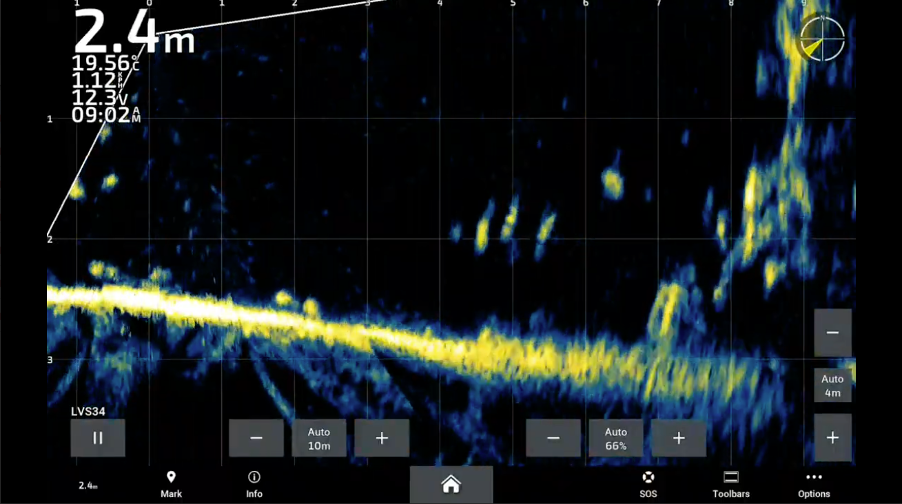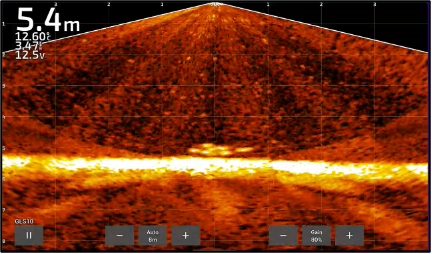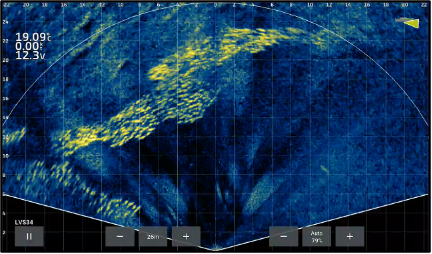WHY FISH BIOMASS IS IMPORTANT
Understanding fish biomass—the total weight of a fish population within a specific area—is fundamental to effective wild fishery management. Key reasons include:
1. Sustainable Harvesting: Accurate biomass estimates enable the setting of catch limits that prevent overfishing, ensuring fish populations remain robust and ecosystems balanced.
2. Stock Assessments: Biomass data informs stock assessments, which evaluate the health and size of fish stocks. These assessments guide management decisions to maintain fish populations at sustainable levels.
3. Ecosystem Health: Fish biomass serves as an indicator of ecosystem health. Significant declines may signal environmental issues, prompting further investigation and conservation efforts.
4. Economic Stability: Sustainable fish populations support the long-term viability of fishing industries, securing livelihoods and contributing to food security.
5. Biodiversity Conservation: Maintaining appropriate biomass levels ensures the survival of various species, preserving biodiversity and the resilience of marine ecosystems.
Incorporating biomass data into fishery management practices is essential for balancing ecological sustainability with economic interests, ensuring the health of marine environments and the communities that depend on them.
HYDROACOUSTICS FOR BIOMASS MONITORING
Hydroacoustic surveys are not intended as a full replacement for direct surveys such as electrofishing, trawl or commercial catch monitoring, rather they offer the ability to provide large scale fish biomass mapping at a fraction of the cost of traditional surveys.
- Fixed cost per site, which ensures predictability in long term monitoring costs
- Large scale coverage up to 40k hectares in a single survey block
- High resolution data, including Recording of individual fish – location, length, position in water column and habitat characteristics of location
- Target fish 20cm+
- Reports available or keep data in house
GENERALISED SURVEYS
A generalised biomass assessment provides high quality data without targeting specific species, such that it’s useful in providing an estimate of overall biomass, while relying on other direct studies to provide species composition.
- A generalised length formula is used for fish, as fish shape and other factors affect length. This generalised length uses the average for shorter rounder type fish, vs elongated fish and is generally accurate to +-4cm
- Breakdowns of habitat and use of habitat can be used in conjunction with direct studies to classify cohorts of fish
- Provides a reliable count of fish/hectare across the water body
SPECIES SPECIFIC SURVEYS
Species specific surveys require the collection of additional calibration data, which involves assessing a range of individual fish from the target species to build profiles of acoustic markers that can be used to seperate species. Fish from aquaculture, electrofishing surveys or netting surveys can be used for calibration and Infofish has a dedicated methodology and equipment for developing calibration.
- Allows for species identification in multi-species environments
- More accurate length and weight estimates can be obtained
- Targeting of natives in amongst invasive populations such as carp
BEHAVIOURAL MONITORING
As with our aquaculture services we provide in field behavioural monitoring of fish. This type of monitoring can be used in any situation and provides video and positional information without the requirement of acoustic tag arrays.
- Habitat specific context,
- Post release monitoring of electrofished or transported fish
- Across time such as influences of tide, or sudden changes in environmental condition.






DIRECT VS INDIRECT MEASUREMENT
Direct Measurement Techniques:
Direct methods involve physically capturing fish to assess their abundance and biomass. Common approaches include:
• Trawl Surveys: Deploying nets to sample fish populations, allowing for direct counts and measurements.
• Mark-Recapture Studies: Capturing, tagging, and releasing fish, then recapturing them to estimate population size based on the proportion of tagged individuals.
• Creel-Surveys: Measuring fish at points of exit from fishing trips, measuring and/or obtaining frames for aging.
These methods provide concrete data but can be labor-intensive, costly, and potentially disruptive to habitats.
Indirect Measurement Techniques:
Indirect methods estimate biomass without extensive physical capture, often using technological tools:
• Fisheries Acoustics: Utilizing sonar technology to detect and quantify fish populations. An acoustic transducer emits sound pulses into the water; when these pulses encounter fish, they reflect back, allowing for estimates of size, location, and abundance.
• Stock Assessment Models: Employing mathematical and statistical models that integrate various data sources, such as catch records and biological information, to estimate fish population dynamics and biomass.
These methods can cover larger areas more efficiently and with less environmental impact but rely on assumptions and indirect indicators.
Comparison:
|
Aspect |
Direct Measurement |
Indirect Measurement |
|---|---|---|
|
Accuracy |
High, due to physical sampling and direct data collection. |
Depends on model assumptions and quality of indirect indicators. |
|
Cost and Effort |
Often high, requiring significant labor, time, and resources. |
Generally lower, as they can survey larger areas more efficiently. |
|
Environmental Impact |
Potentially disruptive to habitats and fish populations due to physical capture. |
Minimal, as they are less invasive and reduce direct interaction with marine life. |
|
Data Scope |
Provides detailed biological information, such as age, size, and health. |
Offers broader spatial coverage as well as individual markers such as species, length, estimated weight and habitat. |

